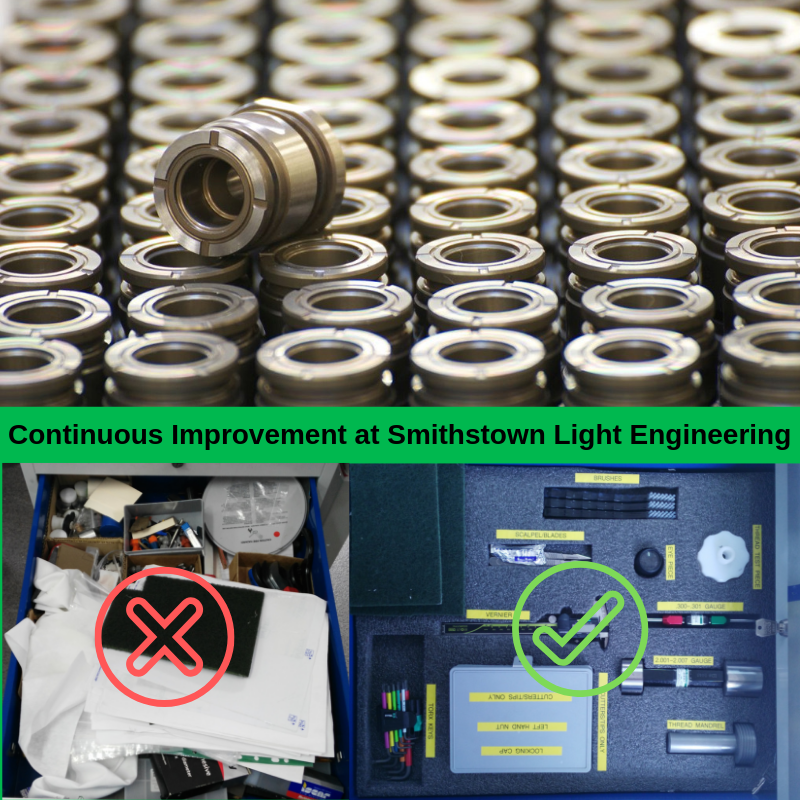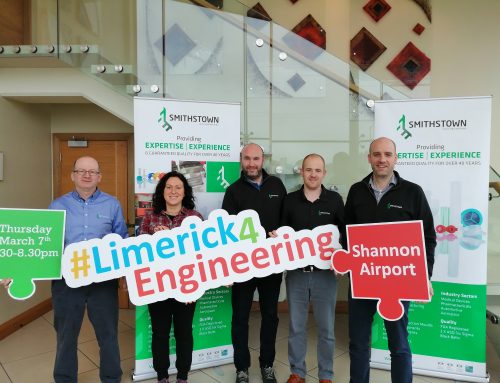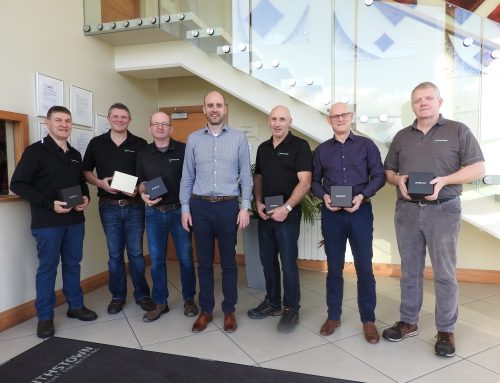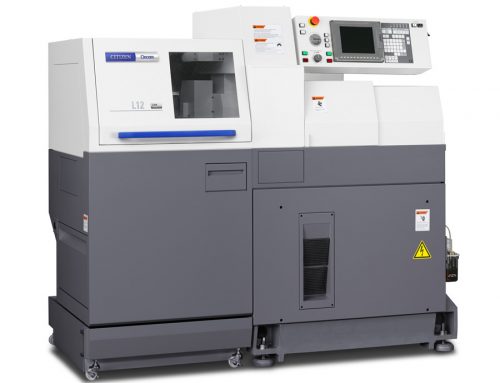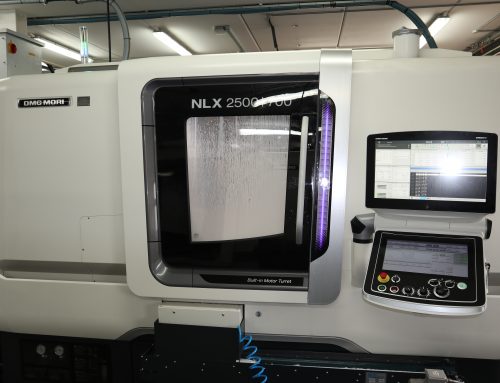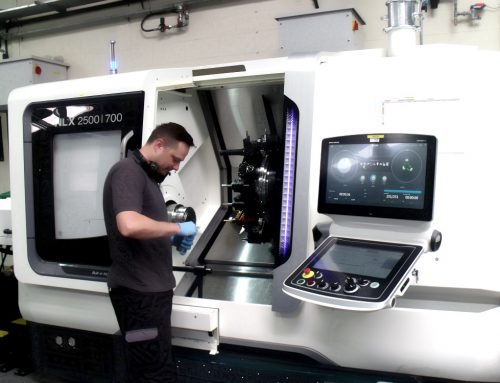After taking a Lean Six Sigma approach to solving a particular quality and yield issue, Smithstown Light Engineering’s lean journey is now focused on continuous improvement and creating a culture that engages employees while enhancing performance. In this article we look at how the journey began and the benefits that ensued.
Smithstown’s history is in the manufacturer of high quality and precision custom-made injection moulds and low volume custom tooling. The company has expanded over the years and now specialises in the provision of precision engineering solutions to the top medical device and orthopedic companies in the world. This means manufacturing high-volume medical device components demanding attention to quality, cost and lead times.
When one such project was not meeting the stated targets, Smithstown Light Engineering took immediate action to ensure production volumes were increased without having a negative effect on quality. The Lean team at Smithstown brainstormed possible solutions and came up with proposals to reduce waste and the variability within the manufacturing process which would ensure a more stable and efficient process with better controls.
Project and manufacturing engineers worked closely with the other employees involved in the project to implement the agreed solutions in a controlled and timely manner. They used a combination of Lean/Six Sigma process improvement tools such as value stream mapping, process mapping and brainstorming with the operators to assess and analyse the processes, carry out time studies and review inventory controls.
The actions taken showed a measurable improvement – higher daily targets, tighter 5S controls, improving operator training and a strengthening of the line clearance process. As a result, quality improved significantly, yield issues were brought well within expected targets and waste was reduced in relation to material usage and cycle times.
Project engineer Mike Foley commented, “When manufacturing large volumes of product, it can be worthwhile spending time to improve the whole process which leads to significant benefits into the future.”
On-going engagement and communications were central to the success of the project.
“Improvement projects can encounter resistance during the implementation phase. They can be hard work at first. But when you engage people in the process, give them an opportunity to have an input and provide clarity on what it means for everyone then people will buy-in to the new ways of doing things,” he continued.
The relationship with the client and their own suppliers was also strengthened through increased communication and teamwork.
The project’s success served as a template for additional projects to follow as well as developing a culture within Smithstown Light Engineering of continuous improvement, increased efficiency and improve quality controls.
Gerard King, managing director, Smithstown Light Engineering, said, “This is about being responsive and meeting our customers’ needs in the manufacture of medical device products. It is vital that the production of new components get on line and bedded in fast. The lessons learned from this initial project were immense. Our Lean projects now focus on working together as a team and fostering technical excellence to deliver results.”

